
Released in 1990 by French studio Lankhor, Maupiti Island is a narrative-driven detective adventure that casts players as renowned investigator Jérôme Lange after a violent storm strands him at a remote tropical inn. The game blends point-and-click exploration, real-time character schedules, and branching dialogue, creating the same absorbing feel that made Cruise for a Corpse and The Colonel’s Bequest enduring favourites. Rich pixel art, a haunting jazz-infused score, and intricate puzzles invite methodical interrogation and sharp observation, making this classic mystery game a must-play experience for anyone eager to unravel secrets online.
When Lankhor released Maupiti Island in 1990, the studio had already earned acclaim for Mortville Manor. This follow-up retained its predecessor’s cerebral sleuthing yet moved the intrigue to an Indian-Ocean paradise. The story opens in 1954: veteran detective Jérôme Lange enjoys a leisurely cruise until a fierce cyclone drives his yacht onto coral reefs, forcing repairs at the tiny volcanic outpost of Maupiti. Innkeeper Annabelle begs for help—her maid Julia vanished during the storm. What starts as a courtesy inquiry soon unravels into a web of jealousy, smuggling, and wartime secrets that haunts every palm-fringed path.
Lankhor’s artists coaxed remarkable atmosphere from sixteen colours, rendering bamboo-walled interiors, lantern-lit piers, and moon-washed beaches with painterly nuance. Subtle animations—a candle’s restless flame, gulls wheeling over turquoise water—breathe life into each tableau, while André Bescond’s jazz-tinged score underscores every revelation with equal parts suspense and tropical languor. Even decades later, the fusion of pixel craftsmanship and restrained audio conjures a sense of place many modern games still chase.
Time is Maupiti Island’s silent antagonist. Ten principal suspects follow meticulous schedules that dictate where they dine, work, and wander. A midday billiards match may conceal whispered conspiracies; those same companions might be alone and vulnerable at midnight. Because dialogue shifts with the hour, careful note-keeping is vital. Question the gardener at dawn and he seems composed—confront him after dusk and nerves fray, hinting at buried guilt.
Behind a simple icon bar—walk, inspect, talk, use—lies a surprisingly nuanced parser. Players can suggest, accuse, or provoke, tailoring tone to context. Evidence proves fragile: footprints wash away on the tide, candle wax melts into formless puddles, and gossip mutates on every retelling. Mismanaging the clock can lock crucial facts behind irreversible events. This systemic storytelling later inspired suspense classics such as Cruise for a Corpse, but Maupiti Island remains singular in how it balances freedom with consequence.
Every discovery here carries emotional weight. Julia’s disappearance exposes intertwined motives: Vigo, an art dealer drowning in debt; Érik, a handyman torn by loyalty; Mary, an affable hostess hiding old scars. Clues arrive as torn sketches, cigar ash pressed into velvet, and lullabies drifting through shuttered rooms—each fragment nudging the detective toward not just the culprit but the human frailty beneath the crime.
Jérôme Lange himself is layered. Allusions to earlier exploits reveal empathy beneath professional detachment, and multiple endings hinge on how deeply players understand personal histories rather than merely assemble forensic proof. Lankhor resisted tidy resolutions, exploring guilt, redemption, and the uncertainty between.
More than thirty years on, Maupiti Island remains effortlessly accessible. Modern emulation lets anyone play Maupiti Island online, free of charge, directly in a browser and on mobile devices without restrictions. One tap conjures the storm-lashed dock in crisp fidelity; the game’s modest footprint ensures near-instant loading, while virtual machines preserve authentic AdLib tones and precise pointer control.
Touchscreens map classic point-and-click verbs to intuitive taps and long-presses, while keyboards still enable swift scene changes with arrow keys. Whether lounging with a tablet or commuting with a phone, modern detectives can interrogate suspects, cross-reference alibis, and scour bedrooms whenever inspiration strikes. Because progress hinges on deduction rather than reflexes, sessions scale smoothly from brief breaks to immersive evenings.
Maupiti Island emerged during gaming’s age of fearless experimentation and still casts a long shadow. Its real-time routines foreshadowed the living worlds of The Last Express and Shenmue, where non-player characters pursue independent agendas. Its morally nuanced script anticipated the branching dramas of contemporary interactive fiction. Developers cite Lankhor’s approach when balancing agency with authorial tension, and historians view the game as a benchmark for emergent narrative design.
Collectors cherish boxed editions for their sumptuous manual and fold-out map; preservationists praise the clean assembly code that simplifies translation and archival efforts. Retrospectives consistently laud the painterly art direction, subtle sound design, and steadfast refusal to patronise the player, proving a game can challenge logic without cruelty and evoke atmosphere without photorealism.
Maupiti Island endures because it trusts intellect. It highlights no glowing hotspots, offers no quest logs, and lets curiosity guide progress. Its internal clock injects urgency without demanding haste, and its cast resonates as flawed, sympathetic humans rather than mechanical obstacles.
Controlling the game is straightforward: a mouse or touchpad selects verbs and objects, arrow keys navigate between locations, and context-sensitive commands streamline interrogation. No lengthy tutorial separates player from mystery; exploration and deduction are the only real tools required. As surf murmurs against the breakwater and lanterns sway in the dusk, Maupiti Island continues to beckon detectives old and new, reminding us that thoughtful design transcends hardware generations.
All used codes are publicly available and the game belongs to its original authors.
Share game
Share game
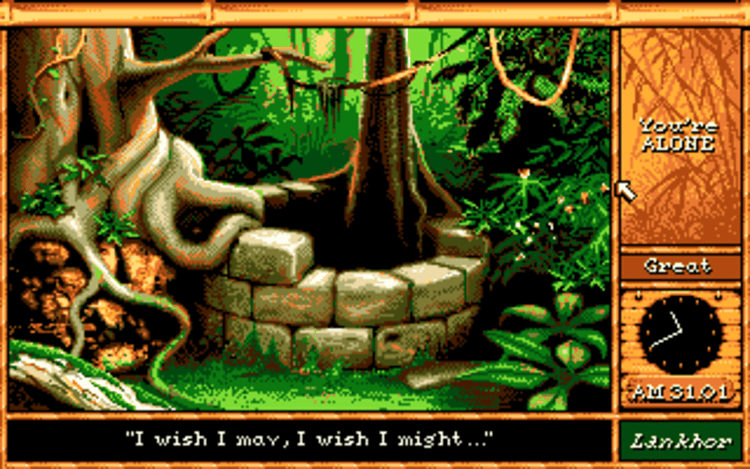


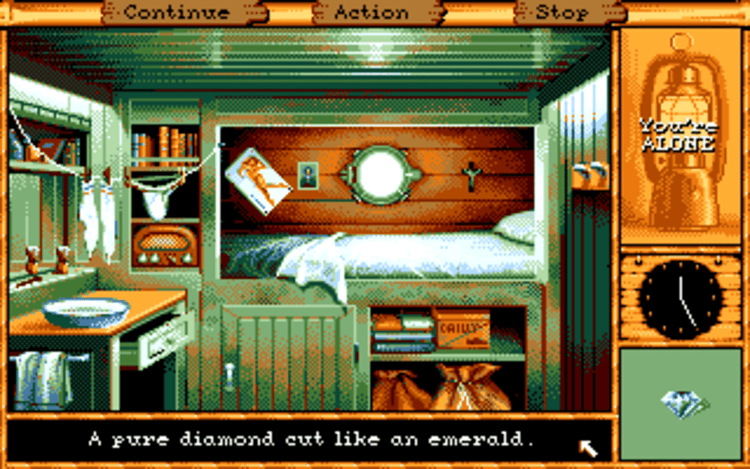
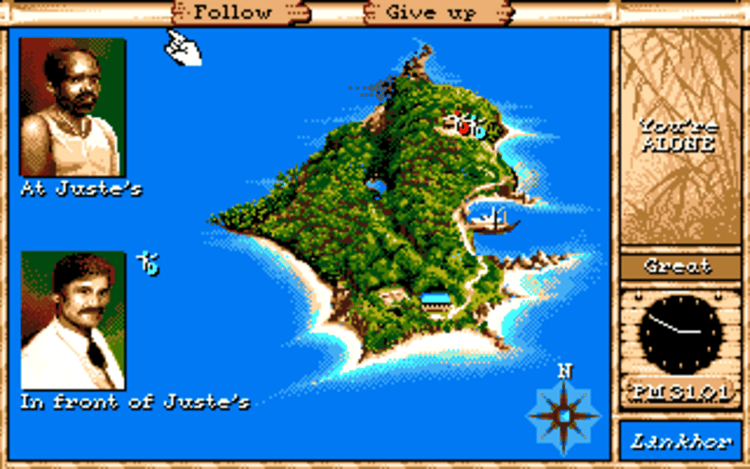
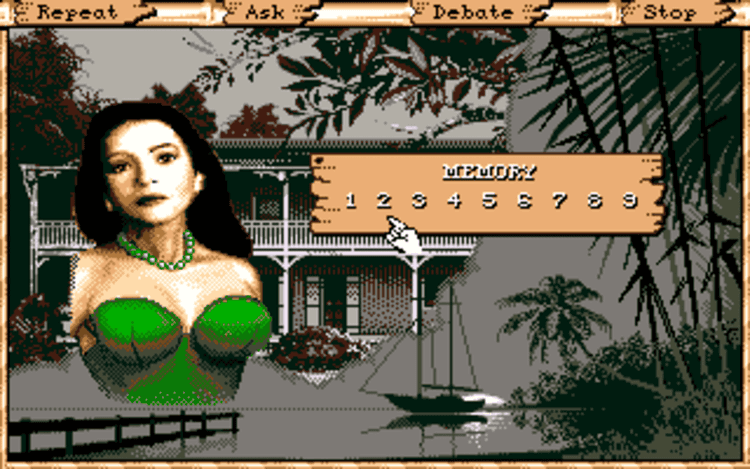
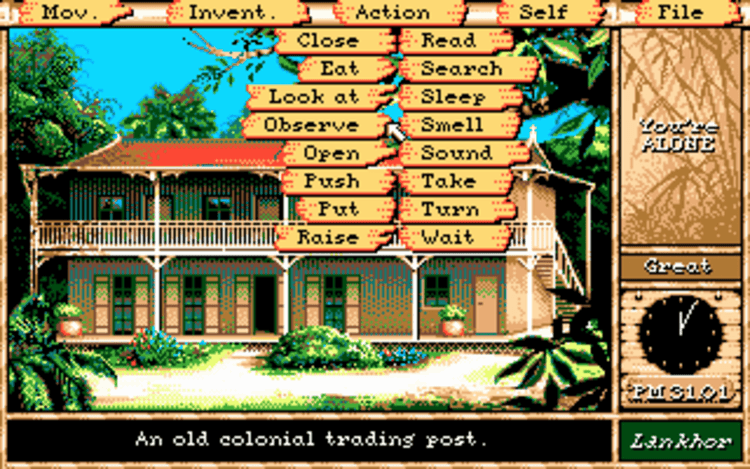

Share game